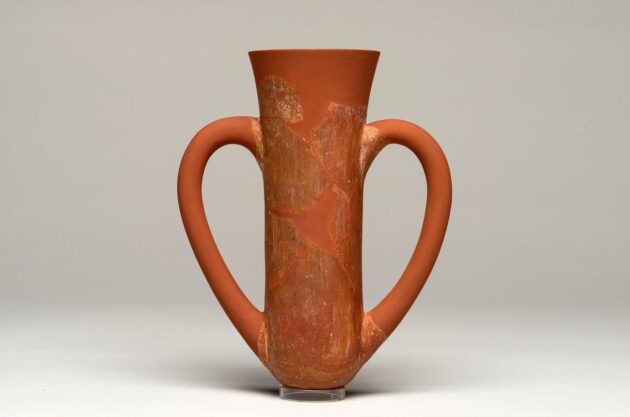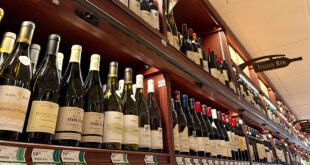[ad_1]  The archaeological site of Troy is listed as a UNESCO world heritage site.
The archaeological site of Troy is listed as a UNESCO world heritage site.
Researchers said they have found the first chemical evidence of wine being drunk in ancient Troy, backing up long-held speculation.
Yet findings also suggested wine was enjoyed by ‘common people’ alongside the legendary ancient city’s elites in the early Bronze Age period, said the researchers, from the Universities of Tübingen, Bonn and Jena.
That casts doubt on theories that wine was only drunk by the upper classes at this time, they said, publishing findings in the American Journal of Archaeology.
UNESCO has enshrined the archaeological site of Troy on its world heritage list, describing its location as on the mound of Hisarl?k in modern-day Turkey, overlooking the Aegean coast.
The city features in early literary works, notably Homer’s The Iliad, and is thought to have been an important meeting point of different cultures.
Researchers analysed organic residues on fragments of ceramic drinking vessels known as depas goblets.
These thin, two-handled vessels were known to have been popular in several regions and more than 100 have been found in the Troy area dating to around 2500 – 2000 BCE, according to the University of Tübingen.

A 15cm-high depas goblet, excavated by Heinrich Schliemann and held in the collection of classical archaeology at the University of Tübingen. Image credit: University of Tübingen.
Researchers examined samples of two fragments held at the University of Tübingen.
‘The evidence of succinic and pyruvic acids was conclusive: they only occur when grape juice ferments,’ said Dr Maxime Rageot, professor of bimolecular archaeology at the University of Bonn.
‘So now we can state with confidence that wine was actually drunk from the depas goblets and not just grape juice.’
Wine is thought to have been a relatively expensive drink in the Bronze Age, but the researchers found evidence that some form of wine was consumed more widely than assumed.
‘We’ve also [chemically] studied ordinary cups that were found in the outer settlement of Troy and therefore outside the citadel,’ said Dr Stephan Blum, from the Institute of Prehistory, Early History and Medieval Archaeology at the University of Tübingen.
‘These vessels also contained wine. So it is clear that wine was an everyday drink for the common people, too.’
More research could focus on whether this was the case in other places, said the study’s authors.
‘Further examinations at other sites could reveal whether a wider range of vessels were utilised for wine elsewhere, potentially challenging current assumptions about the distribution and consumption of wine during the third millennium BCE,’ they wrote.
Archaeologist Heinrich Schliemann excavated the site of this legendary city in the 19th century. Further work was headed by the University of Tübingen from 1987 to 2012, with the findings currently being analysed.
Related articles
Pompeii wine production rises from the ashes
Frescoes depicting worship of the wine god uncovered at Pompeii
Ancient elites drank wine infused with vanilla, says study
The post Wine was ‘everyday drink’ in ancient Troy, says study appeared first on Decanter.
[ad_2]Source : https://www.decanter.com/wine-news/wine-was-everyday-drink-in-ancient-troy-says-study-553872/



